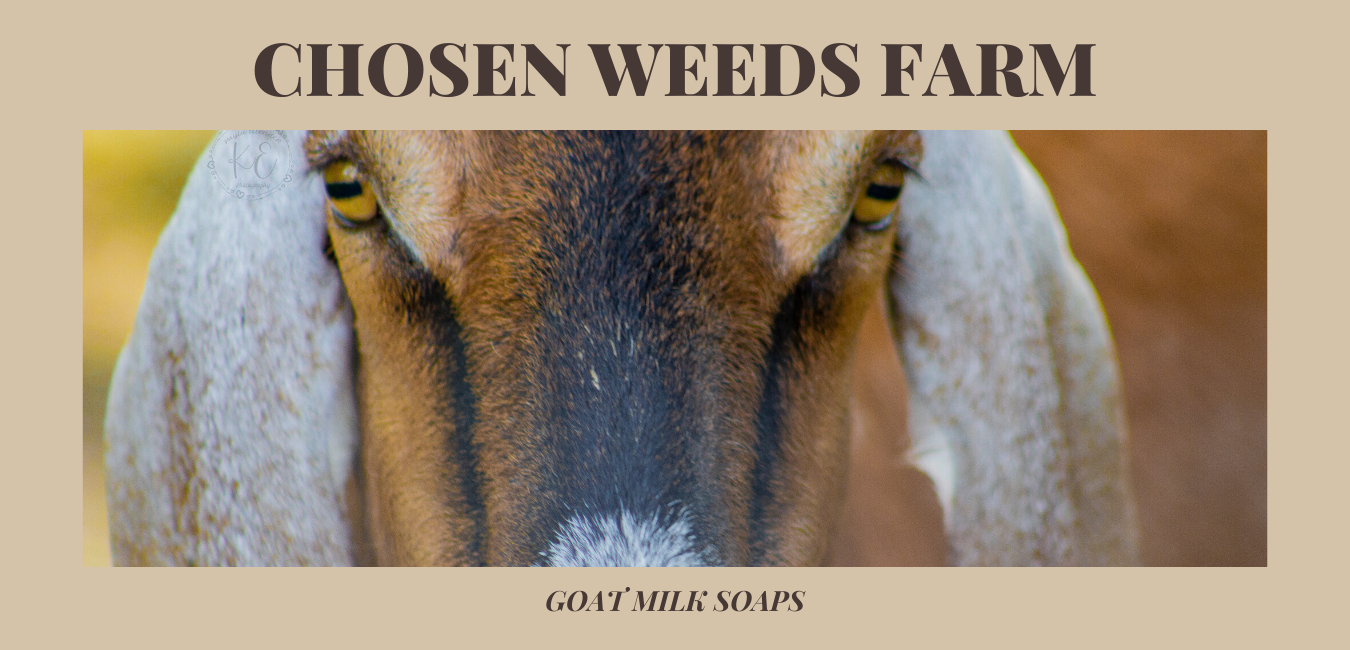The Drumstick Tree

I LOVE, LOVE, LOVE finding new plants that will grow well here in southeast Texas and lucky me, I have found a great tree. Yeah me!
We have several fruit trees on the property. These include pear, peach, lemon, loquat, and fig. All are organized into a permaculture guild (. The hurricane last year killed a few of our tree so we had to start over(Harvey). All part and parcel of the farming gig.
Anyway, if you know me at all, I am always on a mission to find plants that are going to thrive in this climate and microclimate. This time I have found a new favorite. I know, I know….it always seems like I have a new favorite when I write about the plants we have; but really and truly this one is one of a kind.
The drumstick tree, or Moringa tree, is fast becoming popular in the health and nutrition world. You can find moringa powder (made from the leaves) online and at health food stores. It is basically being sold as the new super food. But is it really? After all, they are always coming up with a new super food.
Well, we will answer that question in a bit.
But first, what exactly is Moringa (a lot of you probably never heard of it)? I always find the history of plants interesting, especially those that have been used since ancient times. So here is an interesting, albeit brief, history of the Moringa tree.
This tree was, and still is, considered a panacea, and is referred to as the ‘The Wonder Tree‘, ‘The Divine Tree‘, and ‘The Miracle Tree‘ amongst many others [1].
Moringa (Moringa oleifera) is native to the foothills of the Himalayas in India. It can also be found in Philippines, Pakistan and Nepal. It has been around since 2000 BC and has been grown and cultivated for medical and food purposes.
“From India it spread to ancient Egypt, where it was used as a natural sunscreen to protect against the harsh desert environment; and then eventually to Greece and Rome where it served an important role as both an ointment and expensive perfume.
The progress of the plant also moved westward into Southeast Asia and the Pacific Islands (most notably the Philippines), where its unique nutritional qualities caused it to become a staple vegetable in the local diet.”
“The most rapid extension of moringa happened in the colonial era, as British rulers took along and resettled many species of herbs and plants from India to other areas. They called moringa horseradish tree, due to the pungent smell of its roots, and used it as a substitute for common horseradish.
The highly desirable moringa oil was used until well in the 19th century as precision mechanical lubricant in the watchmaking industry especially in Swiss and Germany. As aliment, ben oil was forced out the market around 1920 by much cheaper olive and palm oils. It is the most stable known plant oil on earth.
Over its geographical extension the plant family Moringaceae has adapted to new habitats and environments. It has developed into 13 species, whereupon it cannot be said for sure that all species have already been discovered. Interestingly, humans in different parts of the world and, for the most part, independently from each other, have found out about the Miracle Tree and learned to appreciate its properties.”
Moringa is considered a survivalist tree and in many parts of the world where it is found it is helping to prevent starvation and malnutrition. “According to one organization working towards feeding malnourished populations called Trees for Life ‘Amazingly, moringa grows in subtropical areas, where malnutrition is most prevalent. It was as if people had a goldmine in their backyard and simply didn’t know it.’ Many groups are supporting the cultivation of moringa for personal use in developing countries, suggesting that each person grows two or three trees in their backyard thus providing a sustainable solution to malnutrition and reducing reliance upon imported foods [1].”
It is fast growing, drought resistant, and grows well in tropical and subtropical areas (this corresponds to zones 9-10 here in the US. We are zone 9). I planted three trees from seed this spring and two are already over six feet tall and I have one that is close to 10 feet.
It also serves many uses, everything from being edible (seeds, roots, leaves, stems, and flowers) to purifying water. It gets its name drumstick tree from the seed pods which are eaten like asparagus. The leaves are highly nutritious; I put them in my smoothies in the morning along with spinach, and the roots are said to be similar to horseradish (I have not tried this).

So is this a miracle plant? Perhaps. It’s doing a lot of good around the world and I am excited to see what it can do for us.
If you would like help planting this tree on your property, drop me an email. I have several seeds and can help you get started.
Sources:

Permalink //
I would love to try the Drumstick tree. Does it make baby tree everywhere?
Permalink //
If it drops it’s seed pods. Where do you live?
Permalink //
Orangefield
Permalink //
You are welcome to stop by and ill show you the trees and give you a couple of seeds to try.
Permalink //
Comments